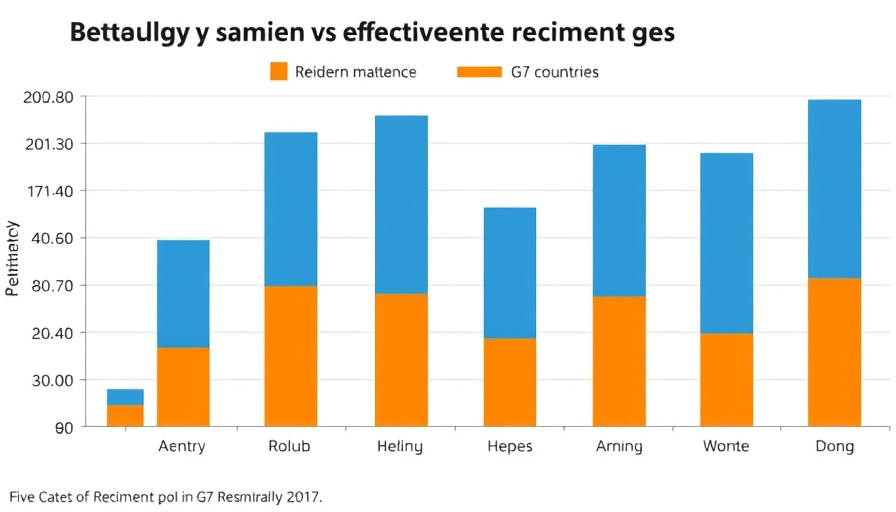
Why Behavioral Science is Key for Virtual Care Engagement
The integration of virtual care into employee benefits is becoming increasingly essential for organizations aiming to mitigate health care access issues and empower their workforce. Many employees still face lengthy wait times for primary care services due to a depleted primary care workforce, with over 20% awaiting appointments for more than two months. In response, employers should recognize the potent role of behavioral science in increasing the adoption of virtual care.
Breaking Down Barriers to Access
The pandemic propelled a rapid shift to telehealth, resulting in a richer tapestry of virtual healthcare services, but it’s not enough for just technology to exist. The challenge lies in user engagement. By applying behavioral science principles, employers can shepherd their employees toward utilizing these valuable resources consistently. For instance, simplifying the onboarding process can help new hires set up telehealth accounts seamlessly, thus reducing initial obstacles to entry.
Exploiting the Power of Choice Architecture
Employers can redefine how virtual care is presented to employees through 'choice architecture.' By strategically placing easy access links to telehealth portals across platforms—such as during onboarding sessions or on health fair materials—organizations enhance the chances employees will opt for virtual consultations over traditional in-person visits.
Harnessing Insights from Behavioral Economics
Behavioral economics teaches us that our decisions are often influenced by subtle nudges and environmental cues. Providing reminders about the benefits of telehealth, combined with ease of access, can sway employees to prioritize virtual appointments over traditional options. Moreover, showcasing success stories from employees who have benefitted from virtual care drive home the message that digital solutions can lead to better health outcomes.
Call to Action for CHROs and Talent Leaders
As a CHRO or leadership figure, take decisive action now. Embrace behavioral science tools to reimagine how employees engage with virtual care. Creating an accessible and supportive environment is not just a benefit; it's a pathway to healthier, more productive teams.
 Add Row
Add Row  Add
Add 




Write A Comment